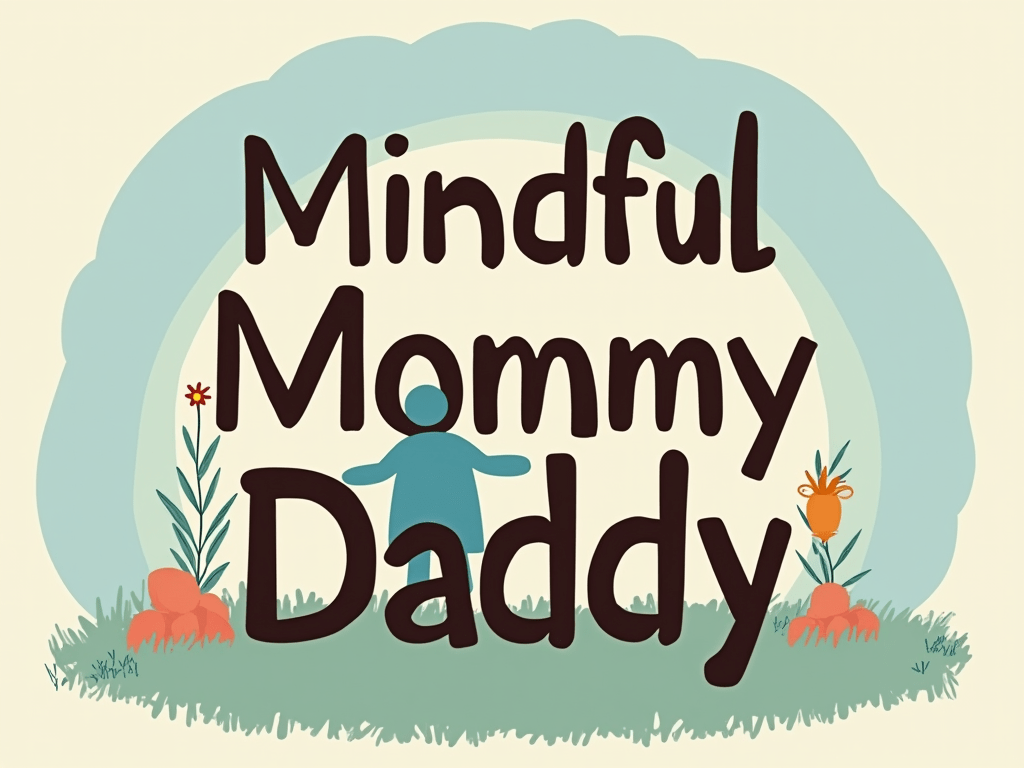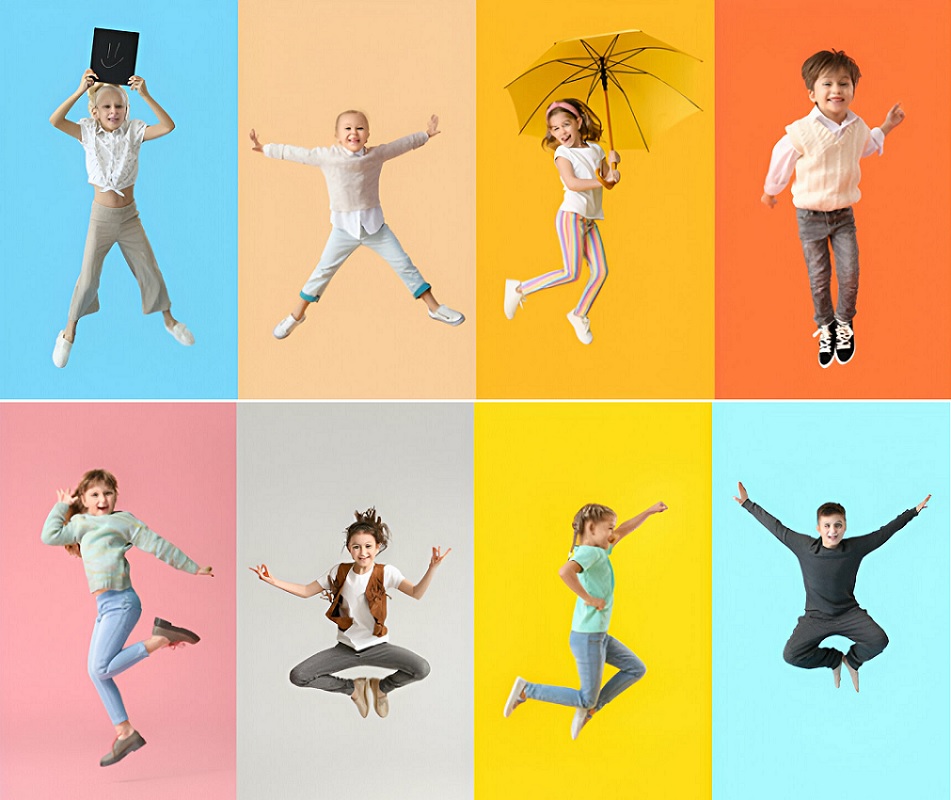Are you thinking about enrolling your child in a dance class? Dance is more than just an activity; it’s an art form that fosters creativity, discipline, and joy. But with so many options available, choosing the right dance class for your child can feel overwhelming. Don’t worry! This guide will walk you through everything you need to know to make the best decision for your little one.
Understanding Your Child’s Interests
Before diving into the world of dance, take time to understand your child’s preferences. Does your child love energetic moves or enjoy more graceful and expressive styles? Observing their natural inclinations can help narrow down the options.
The Benefits of Dance Classes
Dance isn’t just fun; it offers numerous benefits. From improved physical fitness to enhanced social skills and creativity, dance classes can play a significant role in your child’s development.
Exploring Different Dance Styles
Not all dance styles are the same. Ballet focuses on grace and discipline, while hip-hop encourages self-expression and rhythm. Tap and jazz blend energy and precision, while contemporary offers a mix of fluid and emotional movements. Research the styles and see which ones resonate with your child.
Age-Appropriate Dance Classes
Choosing a class suited to your child’s age ensures they’re learning at an appropriate pace. For toddlers, creative movement classes introduce basic coordination. Older kids might thrive in structured classes like jazz or ballet.
Evaluating the Studio Environment
Visit potential studios and assess the environment. Is it clean, welcoming, and safe? Do the facilities inspire creativity and comfort? A positive atmosphere can make a world of difference in your child’s experience.
Assessing Instructor Credentials
A qualified instructor can make or break the experience. Look for teachers with professional training and a passion for working with children. Don’t hesitate to ask about their teaching methods and background.
Class Sizes and Schedules
Smaller class sizes often mean more individual attention for your child. Additionally, consider the class schedule to ensure it aligns with your family’s routine.
Budget Considerations
Dance classes can range from affordable to high-end. Factor in tuition, costumes, and recital fees. Setting a realistic budget will help you choose a class without added financial stress.
Trial Classes and Open Houses
Many studios offer trial classes or open houses. These are great opportunities to see if your child enjoys the class and how they connect with the instructor and other students.
Balancing Fun and Discipline
While dance should be enjoyable, it also requires discipline. A good class strikes a balance, teaching skills while fostering a love for the art.
Encouraging Your Child’s Commitment
Consistency is key in dance. Encourage your child to stick with it, even when it feels challenging. Celebrate their milestones to keep them motivated.
Building Confidence Through Dance
Dance classes often lead to performances that boost confidence. Whether it’s a small recital or a larger production, these opportunities help children overcome shyness and shine on stage.
Handling Stage Fright
Stage fright is common among young dancers. Help your child by practicing their routine at home and offering plenty of encouragement. Remind them that mistakes are part of the learning process.
Progression and Competitions
As your child grows, they may want to advance to competitive dance. Discuss their goals with their instructor and decide if competitions align with their interests and your family’s schedule.
Questions to Ask Before Enrolling
Ask questions like: What’s the instructor’s teaching style? Are there performance opportunities? What’s the studio’s approach to safety and inclusivity? The answers will help guide your decision.
Fostering Lifelong Skills Through Dance
Dance is not just about steps and routines; it teaches resilience, patience, and teamwork. These are skills your child will carry with them for life. The discipline required in dance translates to other areas of life, including academics and personal relationships.
Encourage your child to embrace the challenges and joys of dance. Over time, they will not only grow as dancers but also as individuals, developing a strong sense of self and a lasting love for the art form.
Key Takeaways:
- Understand Your Child’s Interests: Observe your child’s natural preferences and energy levels to choose a dance style that aligns with their personality and enthusiasm.
- Explore Age-Appropriate Options: Ensure the dance class matches your child’s developmental stage for a comfortable and enjoyable learning experience.
- Prioritize Studio and Instructor Quality: Look for studios with welcoming environments and instructors who are skilled and passionate about teaching children.
- Balance Fun and Structure: A good dance class blends joy and discipline, helping your child develops both creativity and focus.
- Encourage Confidence Through Practice: Dance performances and regular practice help build self-esteem while fostering a sense of achievement.
Choosing the right dance class for your child is an exciting journey. By understanding their interests, exploring options, and asking the right questions, you’re setting the stage for a rewarding experience. Remember, the goal is to nurture their love for dance while helping them grow.
What age is best to start dance classes?
Children as young as 2 or 3 can begin with creative movement classes, but ages 5 to 7 are ideal for starting structured lessons.
How do I know which dance style is right for my child?
Observe your child’s interests and energy levels. Trial classes can also help determine the best fit.
Are dance classes expensive?
Costs vary. Consider tuition, costumes, and recital fees. Many studios offer flexible payment plans.
What if my child wants to quit?
It’s normal for children to explore different activities. Discuss their feelings and consider trial periods before committing long-term.
Can boys join dance classes?
Absolutely! Dance is for everyone, and boys can excel in any style, from ballet to hip-hop.



